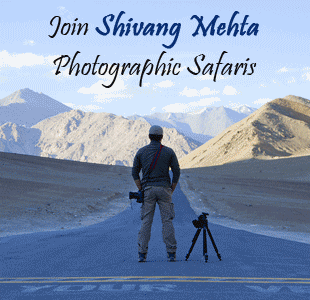First snow leopard year post COVID
It was a 2 year break for my snow leopard expedition as COVID had put breaks on this most anticipated Himalayan odyssey. So what changed in Spiti this year? Nothing substantial as time normally stands still in this stunning landscape. The only development which was Spiti was finally had telecom connectivity so spending those weeks after weeks in the tough sub-zero conditions wasn’t pinching this time. Not that it did earlier but at times one does become home-sick when you spend prolonged months in such remote areas. This year was different as Spiti had recreation opportunities and time-off moments in the form of Netflix documentaries and watching live cricket matches.
When I documented and witnessed snow leopard courtship in 2019 for the first time, I thought I was blessed by the Himalayas and it was an honour to be dwarfed in that grand landscape and gazing at the rare behaviour of this enigmatic species. Little did I know that the same luck would shine again in 2020 in a completely different location as snow leopard romance was in the air yet again. This year my expectations were moderate but Valentine’s Day was celebrated early in Spiti as for the third time (and this time around the distance was much closer) in my previous visits the same natural history phenomenon was documented again. The courting pair was seen throughout most of the expedition and that became the highlight of the visit.
Some images that made the post-COVID snow leopard expedition too special…

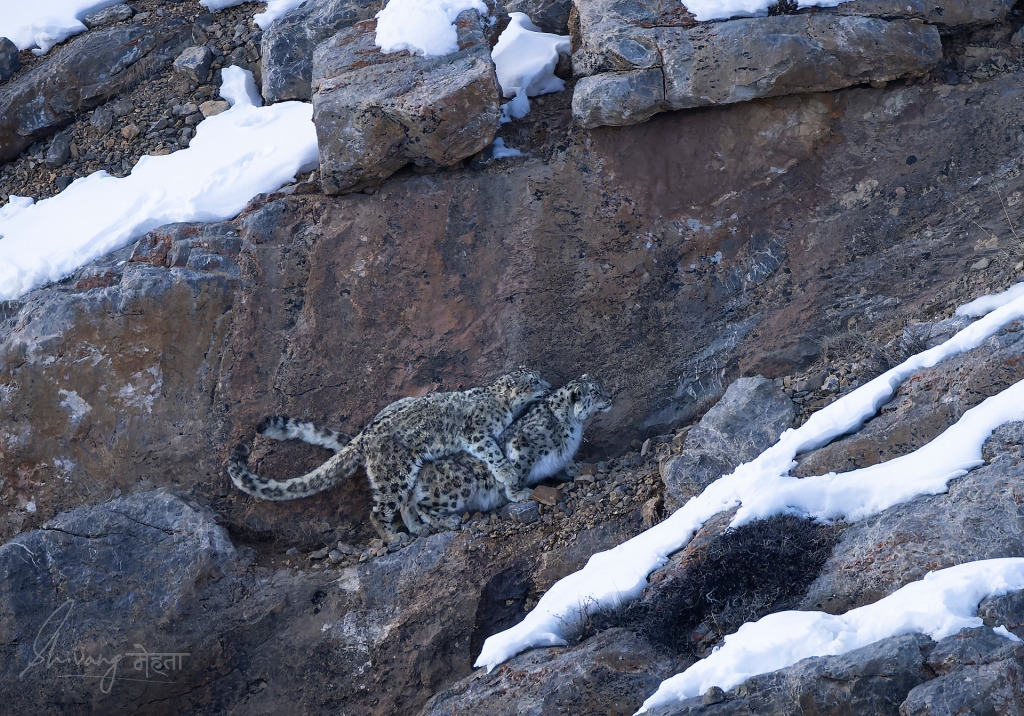


Lockdown Diaries…
As India is battling the second wake of Covid and the country is undergoing another lockdown, I shifted my base to Corbett outskirts in search of my routine lifestyle – being close to the woods and nature. Daily walks around my base camp have been fairly productive in terms of wildlife which has learnt to survive in close proximity to the surrounding villages. Tiger, leopards, Asian Elephants and many more species I keep bumping into have kept the camera busy and the mind tuned to active field work. Here are some visuals to support the lockdown diaries.





Field updates from Corbett
While I spent most of this season exploring the woods of Corbett on foot, setting up camera traps to document some charismatic species like tigers, leopards, leopard cats and elephants, the Dhikala photo safari during this Easter weekend was a nice change to the foot patrolling routine. The grandeur of the Saal forests and the vastness of the grasslands is always the key Corbett characteristic which keeps you pulling back to this unique landscape which supports an astounding array of ecosystems.
Here are some images from the Corbett camera trap project along with the traditional Dhikala photo safari. Hope you enjoy these and do pardon me for my long absence from this blog.







Canon reviews
In the past few months I have made multiple videos on the various features of the Canon EOS R5 and EOS R6 – the two mirrorless Canon cameras which are transforming wildlife photography globally. Check out these videos again in case you have missed them.
A month with the Canon RF 100-500mm
The Canon 100-400mm IS2 has been my go-to piece of glass for the past few years. I love the versatility of the lens and time and again I have written and advocated the use of this lens for various field scenarios in wildlife photography. When Canon launched the twin brother of this lens in the form of a Canon RF 100-500mm for the mirrorless state-of-the-art wildlife cameras like the Canon EOS R6 and Canon EOS R5, I was quite intrigued as to what difference it can bring to my area of work. I was given the opportunity to try out this lens for a month and with my ongoing projects I could put it to field usage in two different situations.
The first step was to use the Canon RF 100-500mm mounted on the Canon EOS R5 in a typical Indian wildlife safari where one is confined to a vehicle. Jhalana Leopard Sanctuary in Jaipur was my area of work where I focused on big cats and mammals. Stage 2 of the field test was the outskirts of Corbett Tiger Reserve where I spent 3 weeks on foot searching for Himalayan wildlife and birds.
Some of my observations from this experiences are listed below:
- I am a 400mm 2.8 user and for maximising my output from the Canon RF 100-500mm I took a conscious decision not to carry the big prime for both these field trips. Did I ever miss or regret that decision? No! I didn’t as the Canon RF 100-500mm was versatile enough specially with the Canon EOS R5 which has an in-camera cropping feature that enables you to produce cropped RAW files. So essentially I was able to toggle between 500mm and 800mm using the in-camera crop feature just at the click of a button.
- Birding with the light weight Canon RF 100-500mm in a rough Himalayan terrain was great fun. The ease of use and the ability to hike around with a light weight equipment set up that enables you to scale up to 800mm was a really cool feature.
- On many occasions in both the field locations, the light conditions were tricky and I had to bump up the ISO in order to get the desired shutter speed. The Canon RF 100-500mm handled low light extremely well whenever the light threw a challenge.
- Canon had also given me the RF teleconverters and I did use the Canon RF 100-500mm with the 2x and 1.4x RF teleconverters. Something which I have never done with the Canon EF 100-400mm IS2. The experiment was a success as whenever the subject was is good light, the convertors did give the desired results.
As a concluding statement here is my take on the Canon RF 100-500mm. All you photographers migrating to the mirrorless technology who are still thinking of a good zoom telephoto for wildlife photography this is the lens to go in for. It will give you the range, flexibility and you should confidently use it across various genres of nature photography like I did in the past month. From birds, mammals and landscapes – it just keeps performing!
Sample images below:






World Photography Day Greetings
Aug 19 is World Photography Day. A day commensurate this wonderful form of art. A day to remind all you photographers that our role is to create inspiring story telling images. ‘Create’ is the key word to remember out here… Creation is an ever evolving process and every moment in your journey as a photographer this evolution will keep helping you take a step forward as an artist. Keep creating & Keep inspiring!
Canon R6 Field Testing
In the first week of July I tested out the sample units of the highly awaited and newly announced Canon mirrorless system. The sample units given to me comprised the Canon R6, Canon RF 800mm f11, Canon RF 600mm f11 and the Canon RF 15-35 f2.8
My field testing location was the outskirts of Corbett National Park and an area around Delhi where I had been working with langur monkeys through the lockdown period. While I was quite kicked about using a mirrorless camera but my expectations with the two f11 prime lenses was quite low when I started working in the field.
The lenses were feather-weight and as I started a gruelling monsoon trek in the humid forest I was wondering that in a normal scenario I would have never carried by big primes and here I had a mini toy of a 800mm which is so simple to carry but would it perform to the best of its abilities being fixed at f11? That was the question which needed answers.
As hours and days passed by my confidence in these lenses started growing. Why? Apart from the weight factor the lenses were fast in catching on to focus. Remember this is the monsoon period in India and I didn’t expect to see large mammals. So my test subjects were mostly small Himalayan birds and the miniature world. I was amazed with the performance of these lenses as I worked with small subjects like caterpillars, spiders etc. The sharpness was totally acceptable and over the days I enjoyed tossing a 800mm while trekking up and down the saal forests.
Talking about the Canon R6 the camera is no doubt a technological marvel from Canon. Light weight, brilliant low light performance and the animal eye tracking worked throughout whether it was the tiny macro subjects in Corbett or the ever-agile langurs and their cute little babies.
So for all you photographers who have been wanting to scale up your focal lengths for your bird photography or even for specialised expeditions like snow leopards where this range is needed, feel free to go in for these lenses along with the Canon R6 combination. It is worth considering.
Here are some sample images and a couple of video reviews that summarise the field visit.





Canon R6 and Canon RF 800mm f11 and the 2x RF converter

Canon R6 and Canon RF 800mm f11 and the 2x RF converter

Canon R6 and Canon RF 800mm f11 and the 2x RF converter
First Field Visit Post Lockdown
The world has changed in the past 4 months. For me as a field wildlife professional a lot has changed as this was the first time in nearly 2 decades that I kept away from active field photography such a long duration. As Indian national parks gradually come to terms with the COVID-19 tourism dynamics I visited Ranthambore National Park for a quick field visit. Life inside the forest was usual and life outside the forest was changed as it should have been. Sanitisation of safari vehicles, use of masks during safaris, sanitisation rules of lodges – these are some norms which we should be getting used to as India gears up for the post COVID-19 phase of wildlife tourism.
Here are some images are a short video that summarises the entire journey post the lockdown. It is not tough. Just take all precautions and you can keep that passion and hunger for outdoors alive!
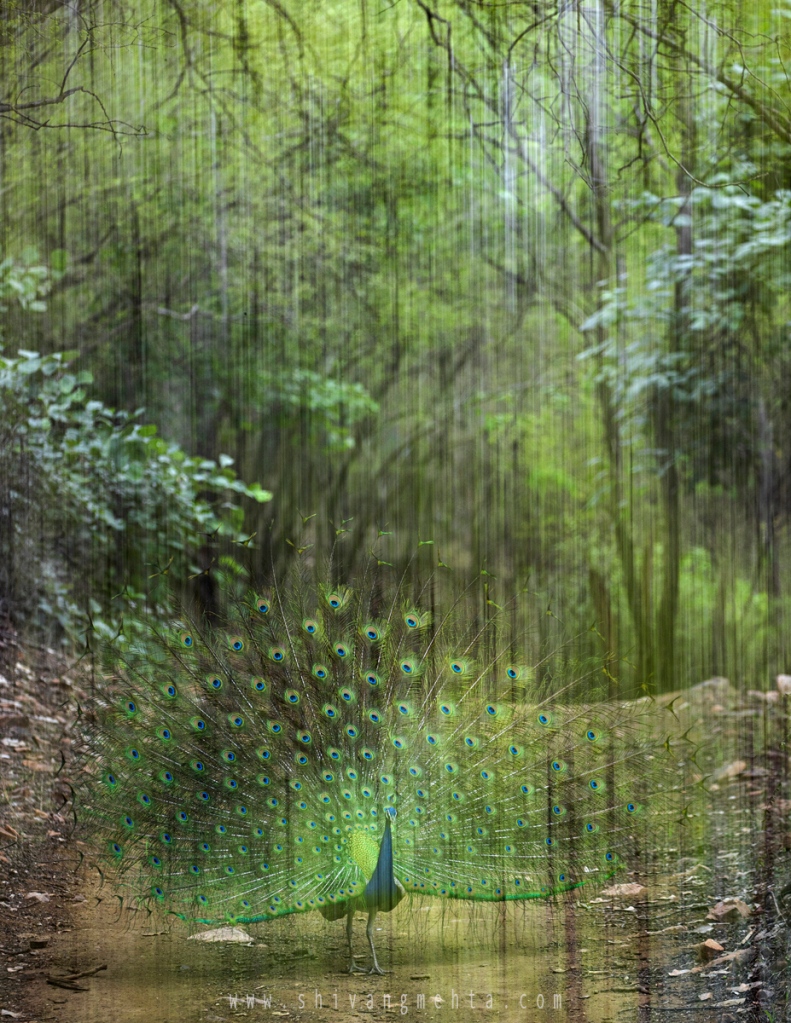
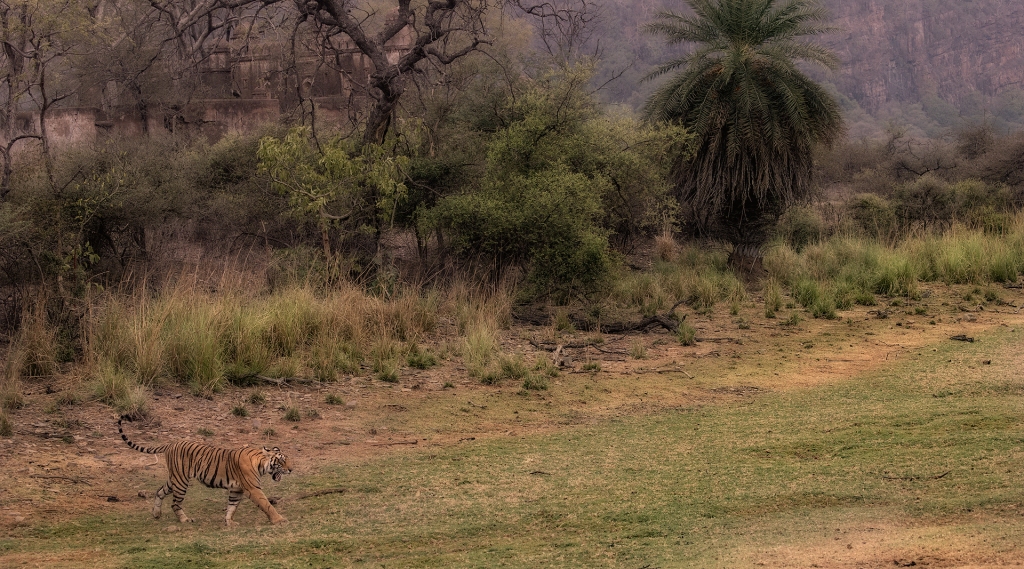
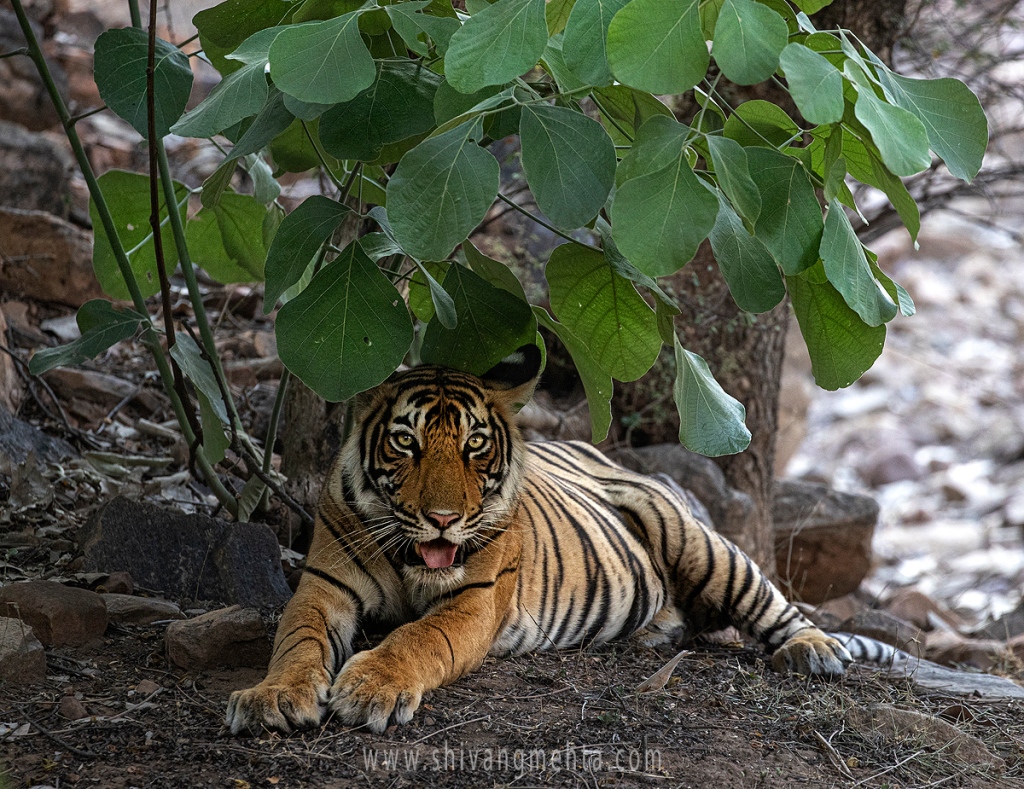
Big Cats can make you smile
Spent some quality time compiling some video footage taken in the past many years in Masai Mara for my YouTube Channel
We all know most of the Big Cats are lazy. As a still photographer most of the footage I had was full of sleeping cats. So this was the best I could do. Have a look and subscribe to my YouTube channel for regular updates on wildlife and photography.
On the Panel – Episode 4 and 5
As the lockdown continues and the world strengthens the battle against COVID19 I continued my discussions with global photographers on various topics pertaining to wildlife photography. Over the years I have closely interacted with Federico Veronesi throughout my journeys in Kenya and understanding his work and approach to photography helped me to broaden my scope of work.
On the Panel was a great medium for me to get the message out to a larger audience as Federico explained how creativity plays a major role in working in locations which is always flooded with photographers. There is always a scope for an image if you think beyond the obvious.
I ended this series of On the Panel with an interaction with Graeme Purdy. where we discuss about remote shooting using camera buggies. Graeme shares his experience using this technology which helped him to conceptualise his unique book showcasing some intimate images of African wildlife.
On the Panel – Episodes 1 to 3
The COVID19 lockdown has locked everyone and the present and the future looks uncertain as of now. However the positive side in the creative world is that the photographic community has come forward and has been very open in sharing knowledge in innovative ways. We started a discussion series bringing together the best of natural history photographers from across the globe to discuss various aspects of wildlife photography and for me it has a great experience interacting with all my international colleagues and recording some of these interactions.
Check out the first 3 episodes of On the Panel hosted by writer, film maker and journalist – Shatabdi Chakrabarti as she grills us on DSLR camera trapping, photographing wildlife after dark, creativity in wildlife photography, evolution of wildlife photography in India and much more.
There are many more exciting episodes coming up. So subscribe to the Nature Wanderers channel on YouTube and or follow my Instagram page.
On the Panel – Episode 1 : Evolution of Wildlife Photography in India
Panelists : Shivang Mehta, Rahul Sachdev & Prakash Ramakrishnan
On the Panel – Episode 2 : DSLR Camera Trapping
Panelists : Ben Cranke (Award Winning Photographer from South Africa) & Shivang Mehta
On the Panel – Episode 3 : Night Wildlife Photography & Usage of Flash
Panelists : BBC Wildlife Photographer of the Year – Wim van den Heever, Nature’s Best Africa Wildlife Photographer of the Year – Brendon Cremer and Canon EOS Ambassador and Siena International Photographer Award (Wildlife) Winner – Shivang Mehta.
Snow Leopard Expedition 2020 Summary
As the world battled the COVID19 crisis I was unaware of the seriousness of the situation as I was stationed up in the Spiti valley for my annual Snow Leopard expedition series which started in end of January and ended in second week of March. News of the world crises reached in weekly instalments as guests came and gave me fresh updates as we tracked the grey ghost of the Himalayas in beautiful rock formation engulfed amidst a white canvas – a landscape where one is humbled to witness the beauty and divinity of Mother Nature.
A handsome male who has been the star attraction of Kibber Wildlife Sanctuary in the past few years and constitutes a major segment of my snow leopard portfolio was often seen throughout this period. He made us walk in tough terrains and at times obliged with easy road side photographic opportunities. He stalked, hunted, walked gracefully on snow, on steep rocky creeks and just as I was descending from Kibber I got the shocking news that the individual died as he fell off a cliff while hunting an ibex. The memories spent with him in the past few years will be remembered by me and all my guests forever.
Last year we were lucky to witness the extraordinary mating behaviour of snow leopards. Little did I know that Mother Nature would shower her blessings again as we got to document yet another mating pair – this time in a completely different set-up. The courtship was happening in an old ruined cave used by Buddhist monks for meditation. The background stories of the location were as fascinating as the mating rituals.
Working with mother and cubs in the tough terrains of Spiti was challenging for our trackers but their effort and persistence made it easier for us to find the cats and we ended up spending some special days with the family.
2021 in Kibber would be full of action and adventures! Stay tuned for the schedules.
For now here are some images to round up the trip summary for 2020.








Canon EOS 1Dx Mark III – The Speed Demon Arrives!
Check out the first hand field report of the brand new Canon EOS 1DX Mark III which was launched this week. I tested out the camera in tough Indian winter conditions through the month of December amidst foggy and misty mornings of Corbett and Keoladeo and the soft light in the Little Rann of Kutch in Gujarat. The superb focusing, laser fast AF selection using the smart controller, 16 FPS and the ever awesome low light performance which the 1D series is known for makes this one of Canon’s best 1D. And of course the Canon 1Dx Mark III is all set to open a whole new dimension when it comes to wildlife filming.
Check out this video and the subsequent images to summarise my journey with this speed demon so far.






All images (C) Shivang Mehta Photography
Canon 90D – Does it fit in your wildlife kit?

- 45 cross type focus points – The moment I looked through the view finder of the Canon 90D the huge gamut of 45 cross type focus points which occupied a substantial area of the view finder caught my immediate attention. Composition and focusing becomes fun with this wide spread of focus points and I had a great time composing my subjects in various parts of the frame
- 32.5 megapixels – I am not a fan of cropping images and strongly believe in in-camera compositions. A camera packed with megapixels means that you get better details and that was the pick of the features for me. Even if you have to crop up 15-20% of the image you have enough data in the image to make a completely useable image.
- ISO performance – All cameras perform well in good light conditions. The challenge is when the light is tricky. In Manas I got the opportunity to test out this camera in two different light situations. A backlit capped langur and the results were satisfactory. I then encountered a herd of elephants and in hazy conditions I photographed this herd at various ISOs ranging from ISO 800 to ISO 1600. The noise at ISO 1250 and ISO 1600 was perfectly manageable.
- The Flip Screen – While shooting from a vehicle I usually struggle to take a low angle shot. A lot of times I am seen hanging out from the window at times with the camera attached to a monopod and a remote trigger to take wide perspectives of subjects close to the vehicle. I do get the results but its purely a hit and trial technique and the composition does go for a toss. With a flip screen life becomes easier as you do get to see the composition and frame when your eye is off the view finder and this feature was very handy.
- Focusing & Speed – I refer back to the capped langur troop that was moving in thickets with the sun hitting their backs. The limited openings in the tree meant that the camera needed to be fast in catching the focus and the burst firing at 10 fps was adequate enough for catching the fine moments on the tree.




Leopards & Shepherds of JAWAI

It was pleasure working on a book project with Shatrunjay Pratap – my friend and owner of Bera Safari Lodge in Jawai Bera in Rajasthan. Leopards & Shepherds of JAWAI is a story of the harmonious relationships shared by the leopards and the local Rabari tribes of the region. It was a great experience experimenting with leopard images in the past few years for this project. From night photography of this elusive cat to use of technology in the form of camera traps, Leopards & Shepherds of Jawai helped me to understand and observe cat behaviour closely. Through her poetic writings Shatabdi Chakrabarti has given the perfect voice to Shatrunjay’s thoughts about the location and his adventures in this fascinating landscape.
Grab a copy today to know more about the secretive lives of leopards in this remote location of Rajasthan in India
Write to info@naturewanderers.com for details. Discounted offer – INR 2100/-
Tiger Marathon 2020 Schedules


My annual Tiger Marathon photo safari schedules are now up on Nature Wanderers Photo Safaris
4 back to back photo safaris have been planned for Ranthambore and Bandhavgarh – 2 of India’s best tiger habitats. At Tiger Marathon you can either pick up one batch or club multiple batches to spend longer time in the field and go back with an amazing portfolio of summer images
Schedule of Tiger Marathon 2020
- May 7 – 10 : Ranthambore National Park – 6 regular safaris
- May 10 – 13 : Ranthambore National Park – 6 regular safaris
- May 14 – 17 : Bandhavgarh National Park – 6 regular safaris
- May 17 – 20 : Bandhavgarh National Park – 2 full day safaris, 2 regular safaris
Little Wonder Boy of Mara
We had been tracking Lorean (the leopard) and her 3 month old cub for quite a few days during the recently concluded Migration Uncut photo safari in Masai Mara. I was already quite impressed with the young lad as he roamed around without the mother and once climbed way up a tree in her absence and meticulously found his way down as well after exploring various sections of the tree. We decided to target the family during most of our game drives and one morning the cub was in the bushes around 100 meters away from Lorean who was looking to hunt. Her stomach was seeming full and I wondered why she was trying to hunt. I left her for a bit and post lunch found her again resting in a bush. She was up after a brief nap and disappeared in the bush. Mom apparently went out shopping and got a small toy for the young cub in the form of a warthog piglet. The excited cub got scared in the beginning but gradually gathered courage and played with his moving toy for around 45 minutes. The mini piglet even charged at the cub and Lorean was observing each and every move of the cub. As the piglet toppled Lorean would get it back on its feet for the cub. Finally the game was over as the little cub after repeated attempts killed the piglet and consumed his snack. Lorean did not participate in the meal and sat next to the cub and just observed him attempting to rip apart the meat himself… Training is a vital part in the life of a leopard cub and this lesson would have been vital for Lorean’s cub and would have done wonders to his confidence for the future.









Chasing Horizons *New Book*


In August 2019, I released my second book Chasing Horizons – Learnings from Africa. A limited edition release (206 pages, 9.5×12.5 inches), Chasing Horizons sums up my journey in Africa in the last 10 years and showcases what I learnt as a photographer during this journey and how I replicated those learnings while working in Indian forests.

ABOUT THE AUTHOR:
Best selling author of ‘A Decade with Tigers,’ and International Award winning wildlife photographer, Shivang Mehta has donned many hats in his long career journey, including that of a Journalist and a PR Professional. His love for wildlife and nature led him to begin his on field career in the Sal forests of Kumaon 16 years ago. Shivang is the managing director of Nature Wanderers, India’s premier wildlife photo tour organisation, which he started with his wife, Kahini Ghosh Mehta in 2007. Having conducted over 1000 wildlife photography workshops and tours, along with many unique wildlife events and mentoring over a thousand amateur photographers and being a guide for the best of professional wildlife photographers, Shivang specialises in photographing rare species using DSLR camera trap technology. The author is also a Canon Photo Mentor, a Columbia Athlete and has been published in numerous national and international publications.

ABOUT THE BOOK:
Chasing the Horizons- Learnings from Africa, is Shivang Mehta’s second book, after the best selling ‘A Decade with Tigers.’ This book is a unique compilation of the author’s experiences in Wild Africa – a continent where Shivang has spent a decade photographing and understanding its wildlife and landscapes. With an extensive knowledge and understanding of the Indian forests, Shivang’s second book chronicles his time in Africa, drawing an interesting comparison of perspectives by a photographer working in both Indian and African landscapes. Describing his photographic learnings from his on-field hours in Africa, Shivang juxtaposes various natural history moments he has witnessed in the continent with an array of similar images recreated in the Indian forests. As light and creativity are the main driving forces in his photographic journey, Shivang’s images and text in the book explain the paradigm shift in his outlook which he has internalised over the years. With an extensive set of images created over such a vast period of time, the book also brings forth how his observations in Africa have only strengthened the respect and pride that the author has for Indian wildlife.
ABOUT THE COVER:
The cover of Chasing the Horizons – Learnings from Africa, is a unique amalgamation of 4 iconic big cats – Tiger, Leopard, Cheetah & African Lion. The cover has been hand painted by Vijay Kumawat – an artist from Ranthambore National Park. Vijay has used charcoal and soot and references of Shivang Mehta’s images of these 4 cats to compile this brilliant piece of art. The cover took months of ideation and a lot of samples were made in order to get the perfect balance of the facial characteristics of these 4 cats.
Chapters
- Forward
- Preface
- AFRICA vs INDIA
- Minutes of Gold
- River Rush Hours
- Toddlers
- Hunts
- The Pink Legs
- Night life in the bush
- Small Cats
- Black & Whites
ORDER NOW FROM AMAZON INDIA & avail special discounts!!!
Visit https://www.amazon.in/gp/product/9353825210 to place your order
Migration Photo Safari 2019 Field Update
My annual edition of migration photo safari in Masai Mara just ended. The migration this year has been awesome and the river crossings were phenomenal. Leopards were the key focus for my batches this year and we clocked 10 individuals in various areas of the park. The ever dramatic skylines of Mara along with the dramatic light kept the creativity going. A few lion, leopard and cheetah hunts kept the adrenal high making this years photo safari overall productive. Some key highlights were the 5 cheetahs trying to impress their female and a 3 month old leopard cub playing around with a warthog piglet and finally killing it (will be posting a photo series soon)
To join me for next years small group special migration photo safaris just drop us an email at info@naturewanderers.com
Here are glimpses of Masai Mara from the last month.


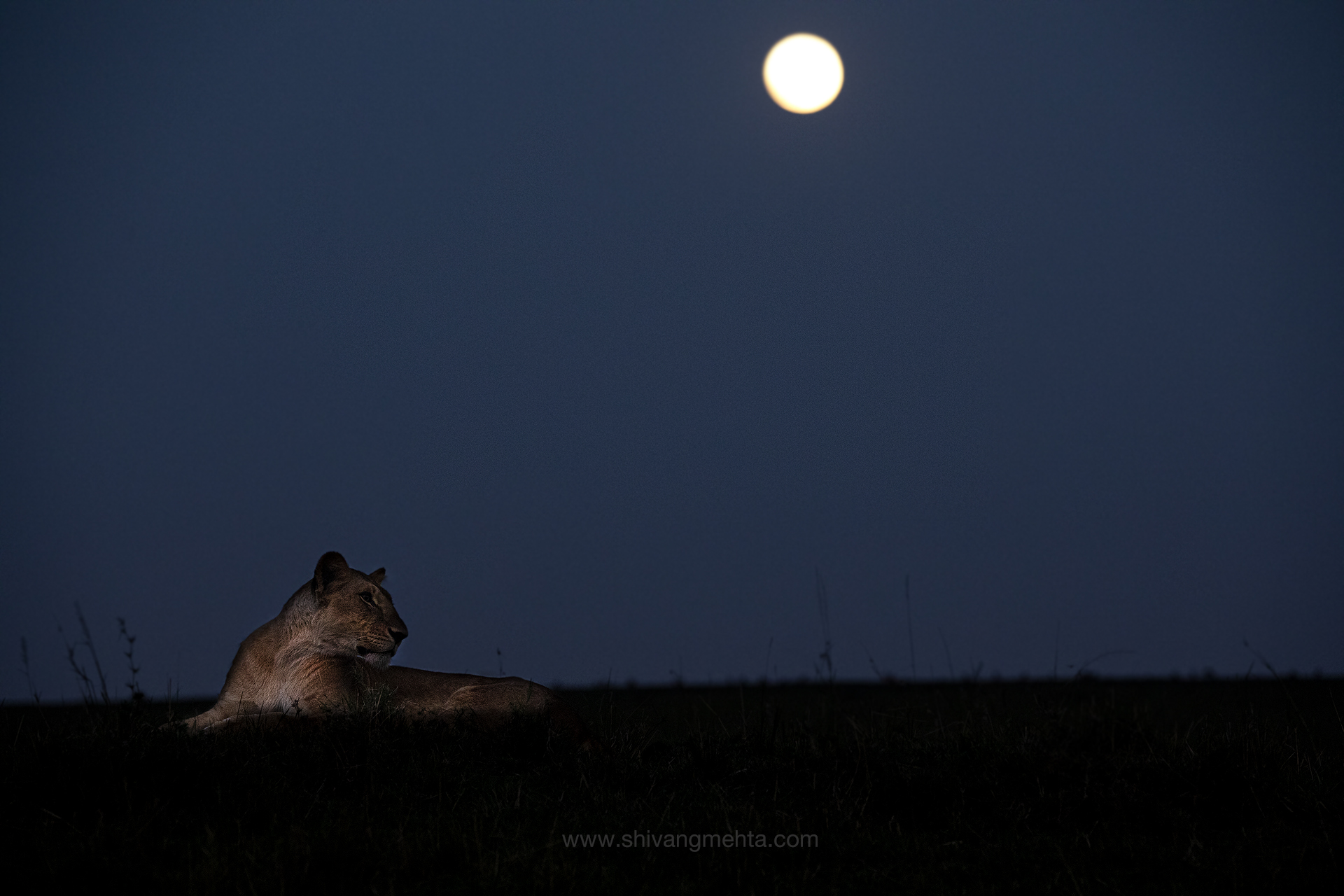













Patagonia Diaries
Just completed a week at the stunning Torres Del Paine National Park in Chile. Amidst the picturesque landscapes of wild Patagonia, we had countless sightings of 12 pumas. The highlight was a female with 4 cubs which we managed to track on 4 of our 6 field days and the family kept the cameras busy for hours together.
Here is a brief pictorial summary of a week of hikes and hard work by a talented bunch of photographers I had the opportunity to lead.






Satpura After Dark
Satpura National Park is always a special place for me. The leopard and sloth bear infected forest has always been a great location for documenting their behaviour. Night in Satpura makes the forest more special as a lot of nocturnal species can be observed in the fringe areas of the park. In May 2019, I spent a week exploring Satpura after dark. The target was the worlds smallest wild cat – Rusty Spotted Cat but every night was an element of surprise with some unique and fresh perspectives of Wild India.
Here are some images from Satpura… after dark!




Tiger Marathon 2019 Field Notes
The 2019 edition of my Tiger Marathon photo safari series just concluded in Bandhavgarh National Park. A fortnight filled with tiger action as we worked with Dotty and Solo – the two devoted mothers of Bandhavgarh who have been raising their litters in the park this season. From cubs playing to some charismatic males, Bandhavgarh always throws up surprises every day. Here are some of the many moments witnessed in the past 15 days.









March & April 2019 Diaries
It has been a long marathon in various forests of India as we started with the Mowgli land – Pench, headed off to Kanha and then to Bandhavgarh is search of the famed tiger mothers of central Indian tiger heartland. The tiger action in Bandhavgarh was fabulous as we spent countless hours with Spotty, Dotty and Solo – the 3 breeding females of the park. From Central India we headed to Kaziranga for some rhinos and elephants and were blessed with a beautiful sighting of a 1 month old rhino calf.
Here are some images to summarise the last fortnight.








Snow Leopards to Savannah
I have been living in a suitcase for the past few months and have no time to share updates from the field. We at Nature Wanderers, wrapped up our snow leopard expedition series in Spiti with some fabulous sightings of the mysterious Himalayan cat including wonderful natural history moments like mating snow leopards.
We also wrapped up a Masai Mara photo safari in February which we followed up with a training session I conducted around remote photography of African wildlife. Some amazing perspectives were created in the process. Here our some photo updates from the month of February 2019




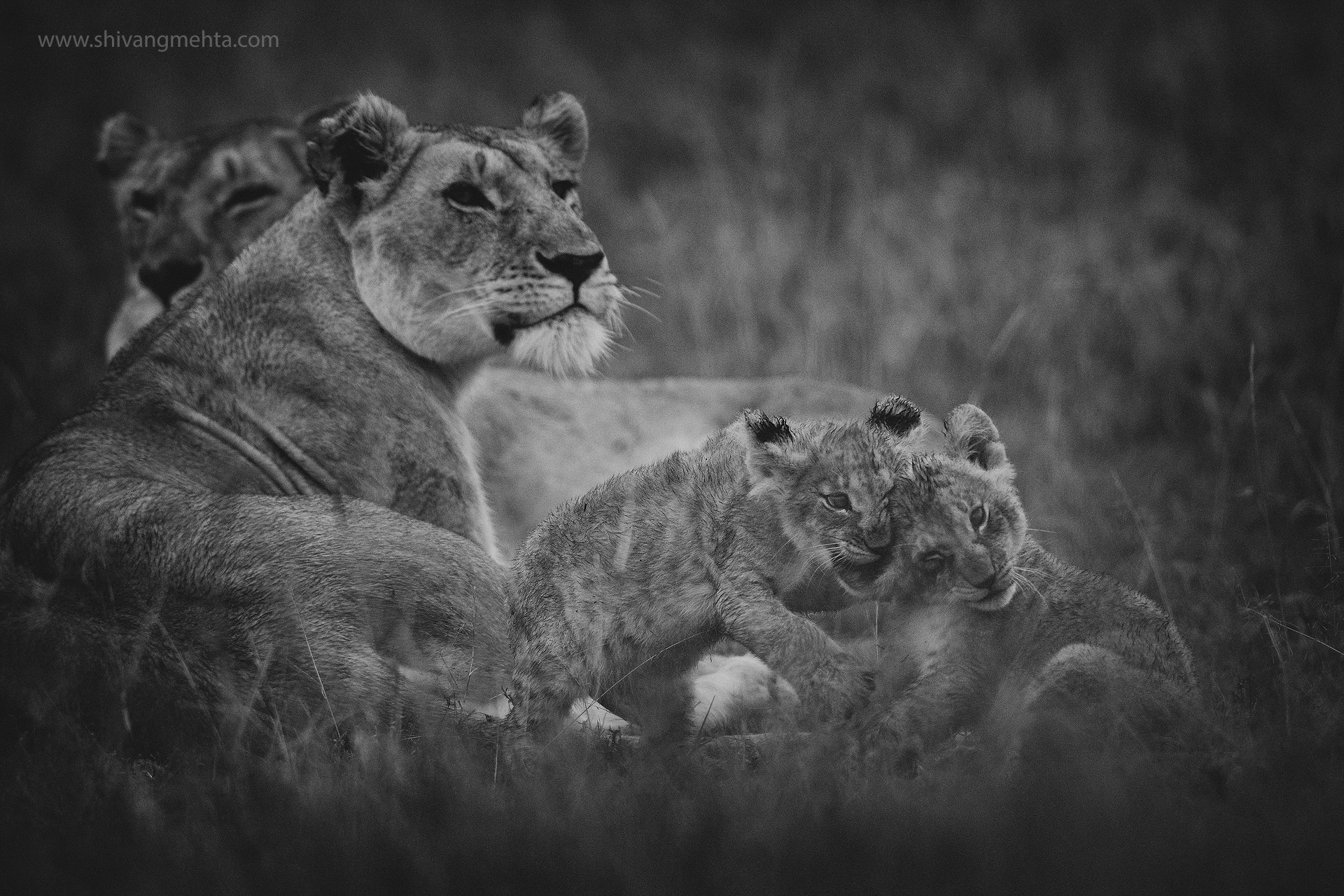



Image by my guest – Shishir Kumar Jain
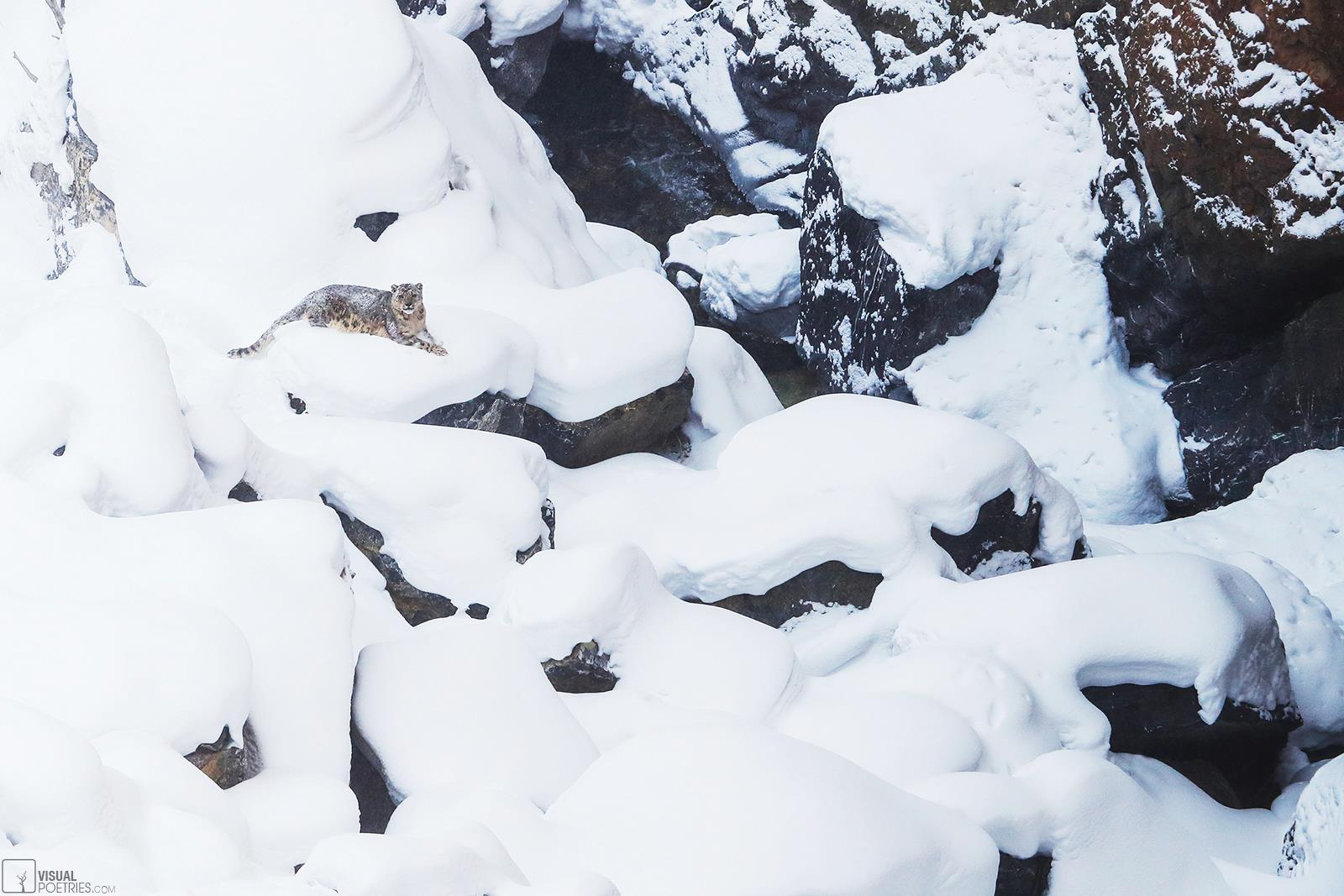
Image Courtesy – Nature Wanderers Photo Guide, Saurabh Desai
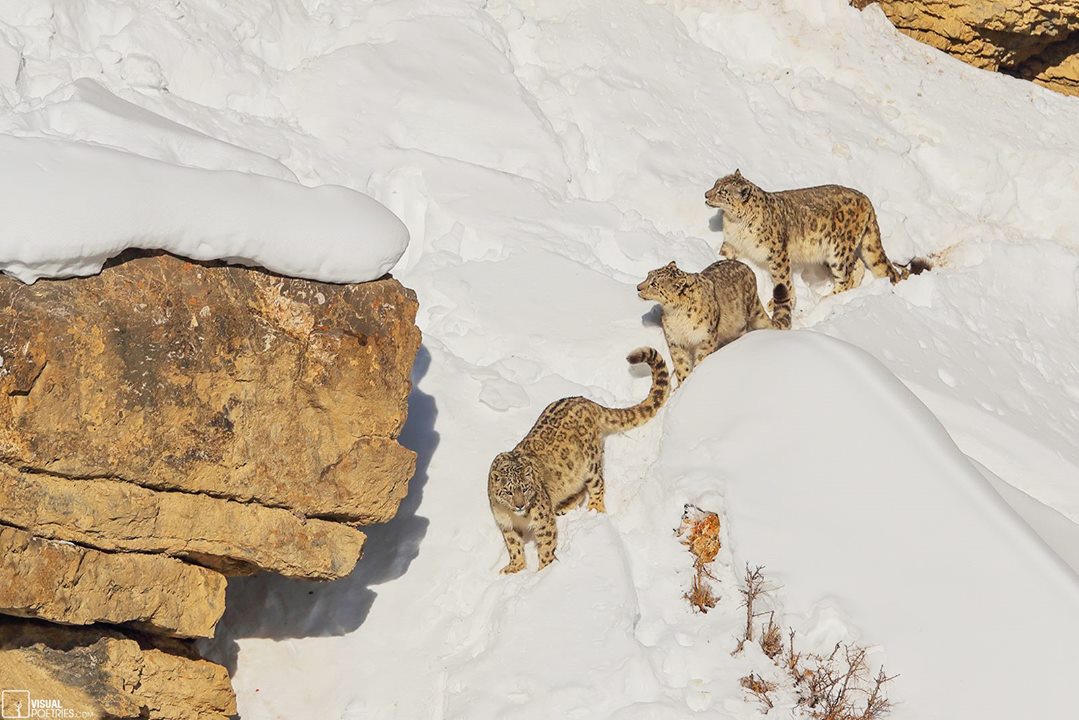
Image Courtesy – Nature Wanderers Photo Guide, Saurabh Desai














